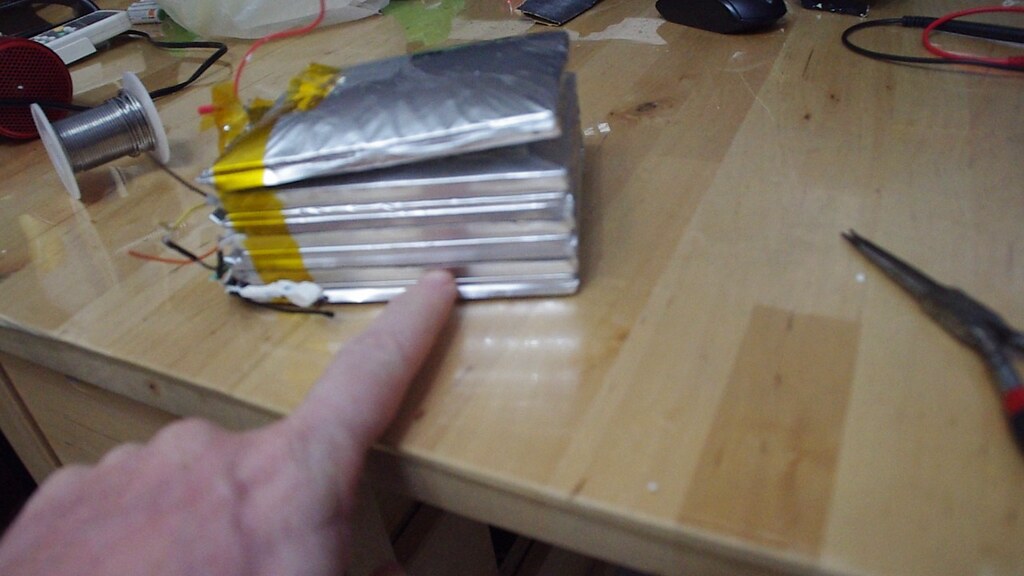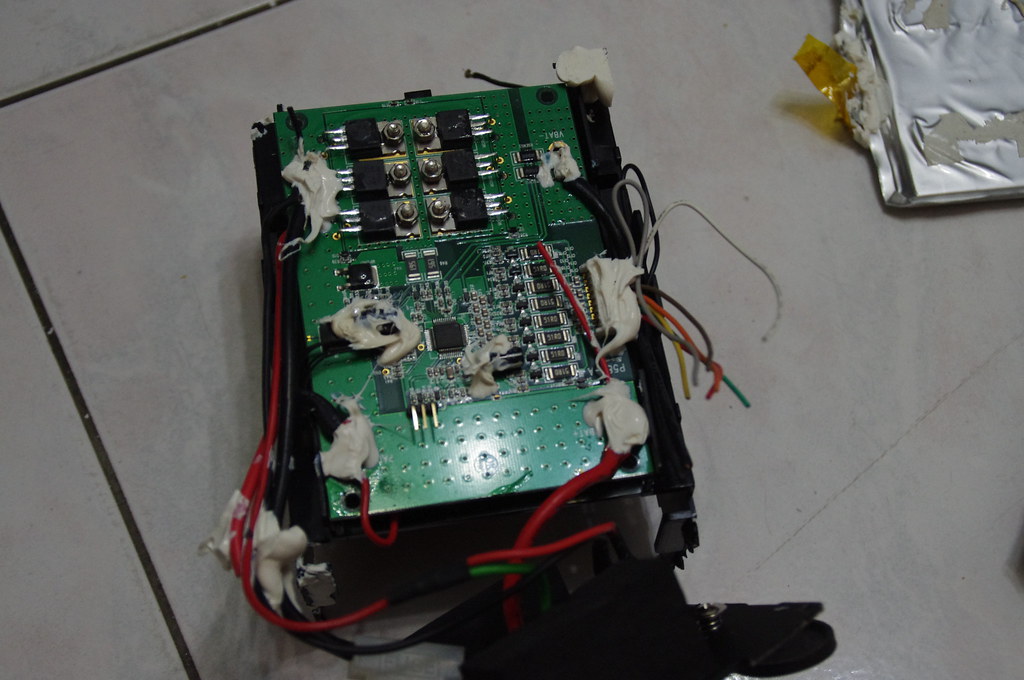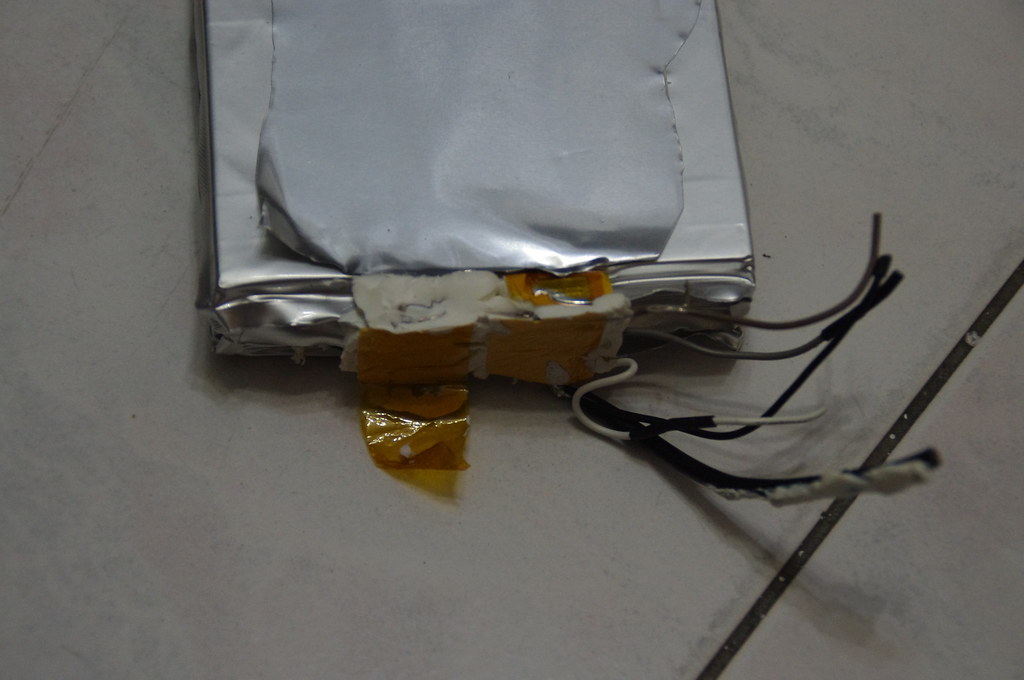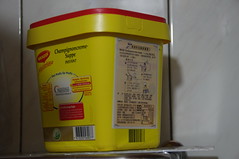I don’t know how to name the problem, but here it goes.
I intended to build my own Li-Ion Battery Pack for my electric bike. The problem was that my engine is laid out to consume 480W at 29V.
Most battery packs however come at 10 Amps witch should deliver around 290 W.
Since they easily break during heavy duty, I decided to build my own at 29V 50-60 AH.
On Bade Road I found a store selling 18650 Li-Ion Battery Cells with 4600 ma/h. So I thought with 7 units containing 12 18650 Li-Ion Battery Cells each, this should give me about 55AH at 29V.
Ok break down
12 18650 Li-Ion Battery Cells 4.2V 4600 ma/h
+12 18650 Li-Ion Battery Cells 4.2V 4600 ma/h
- 12 18650 Li-Ion Battery Cells 4.2V 4600 ma/h
- 12 18650 Li-Ion Battery Cells 4.2V 4600 ma/h
- 12 18650 Li-Ion Battery Cells 4.2V 4600 ma/h
- 12 18650 Li-Ion Battery Cells 4.2V 4600 ma/h
- 12 18650 Li-Ion Battery Cells 4.2V 4600 ma/h
7 x 4.2V= 29.4V and 12 X 4600=55200
So, I build my battery with a special holder for each individual cell leaving a good deal of space in between for ventilation.
I used all the necessary electronics for balancing the 7 units at max 4.2V and minimum 3.67 or so.
However, today I had my first test drive to Tamshui about 32 KM round trip and the battery pack was depleted (empty) 
I measured 29.2V at full charge and 25.6V when the pack was empty.
The pack did not get hot or produce any electricity in the outer case. I was very careful with that.
I opened the case after returning home right away and checked all 84 cells. Each of them was hand warm and had a charge of about 3.65.
The 18650 Li-Ion Battery Cells are resting on 2x7 1mm thick copper plates, each 4 cm by 14 cm. One plate is for the 12 positive sides and the other for the negative.
Is there anyhow a way that I have overlooked something? I went back to the store and told them that I think the cells only hold about 1500ma/h.
They agreed to take them back and order me some 3100 ma/h cells Panasonic in Japan. This should give me around 37.200 AH but for an additional 8000NT$.
Should I go for it or am I missing something here?
Help will be appreciated.
 .
.


